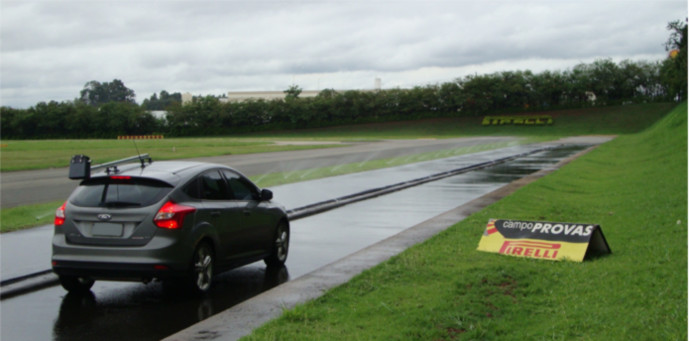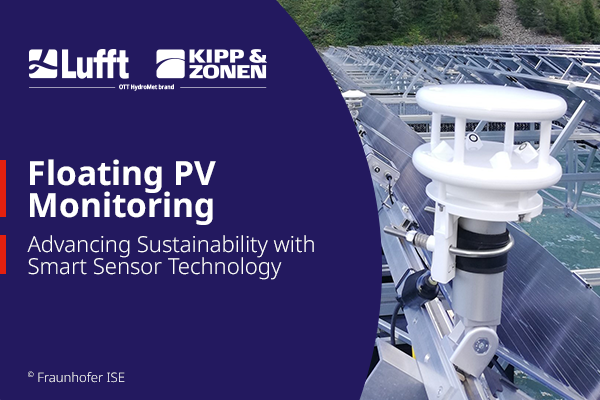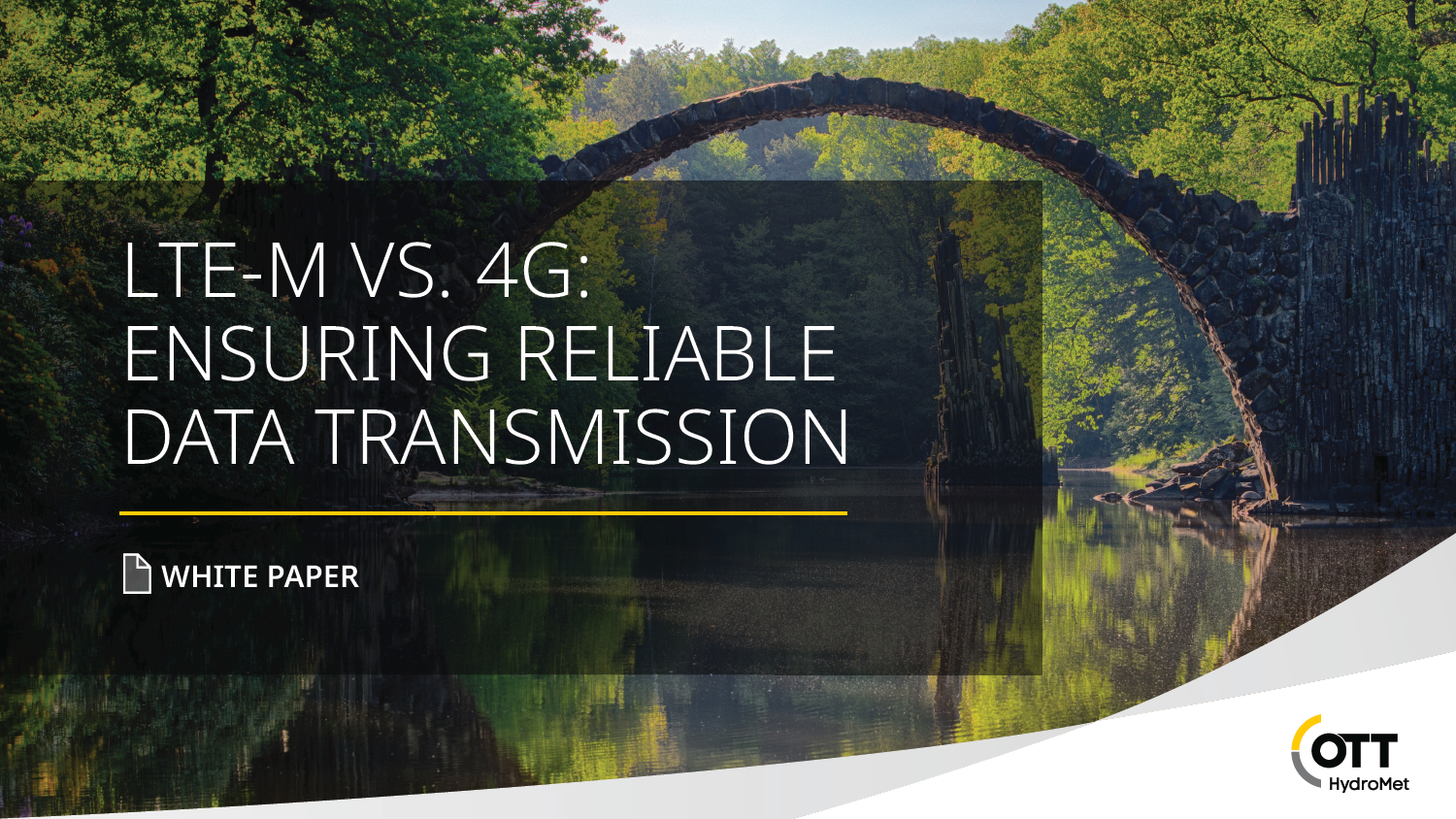In Brazil you most likely won’t find snow or ice on the roads. But rainfall is a frequent occurence especially during the rain season between December and May causing high water film layers influencing car braking distances. Therefore, our Brazilian sales partner RoMiotto acquired the tire producer Pirelli to use MARWIS for braking and steering car tire tests. Find the whole success story in the following article…

Car braking test, courtesy of: RoMiotto
By using the mobile road weather sensor MARWIS mounted on a vehicle, it is possible to measure the water film height, friction, road condition (dry, moist, wet, etc.), road surface temperature and dew point on a paved road while driving. Especially the water film height measurement is a great achievement in Brazil e.g. for the exploration of aquaplaning and braking distances. Exactly this is what the new mobile sensor is applied for by the car tire producer Pirelli.
With the help of MARWIS, Pirelli can draw conclusions on the tire’s braking and steering performance at different water film heights. All measured data can be viewed in real time inside the vehicle by using a tablet or a smartphone with Android or iOS operating system. The offered MARWIS App tracks the driven path on a map and evaluates the measurement values by issuing the road conditions. The communication between the sensor and the tablet is done through Bluetooth and the sensor’s fixing on the vehicle takes place via a special magnet rack.
The research and qualification of car tyres becomes compfortable and tracable through the new technology. As they are carried out for the ISO certification of passenger car tyres referring to the ISO 23671 regulation, the MARWIS has a decisive function in this application.
References:
- Regulation n.º 538, de 11 November 2013 (INMETRO, Brazilian National Institute of Metrology, Quality and Technology)
- ISO 23671, Passenger car tyres — Method for measuring relative wet grip performance — Loaded new tyres



